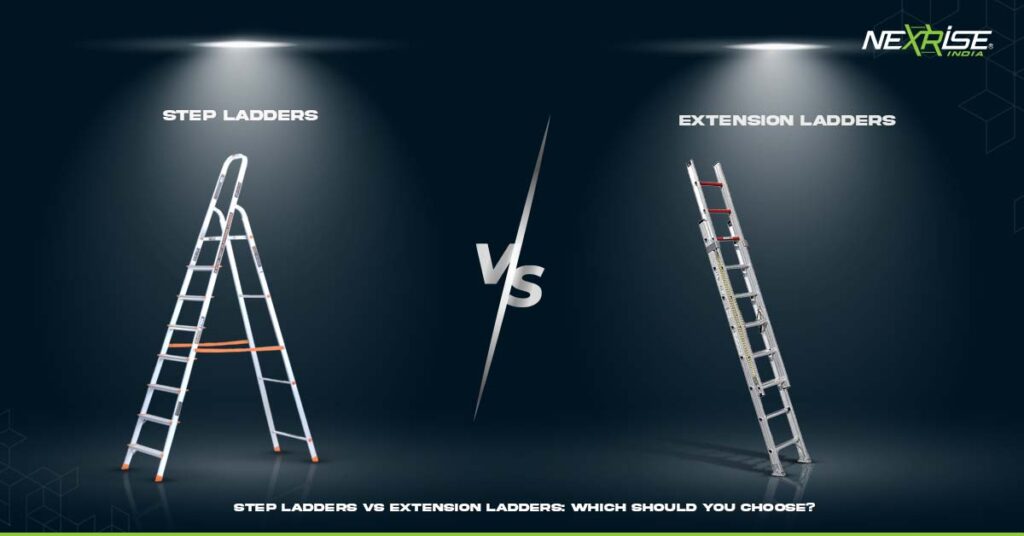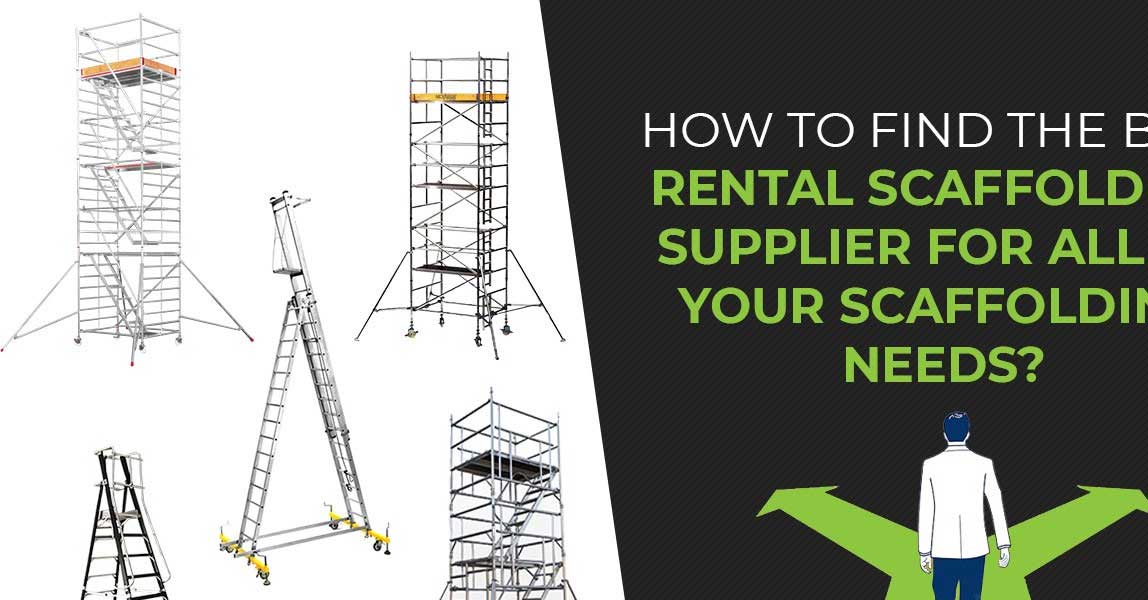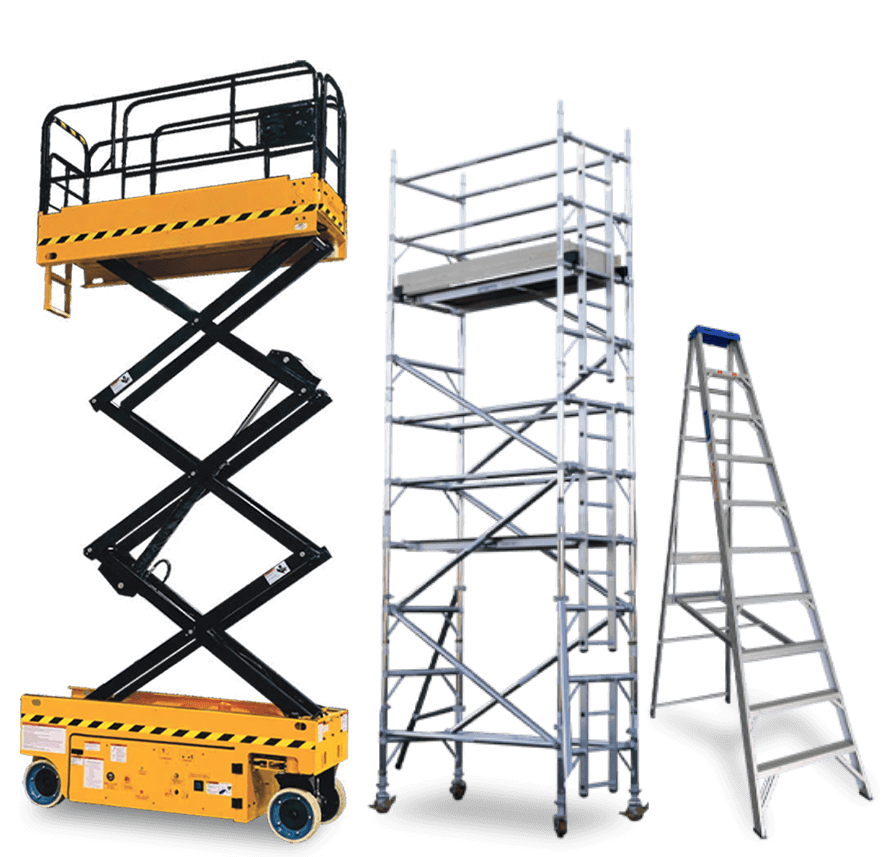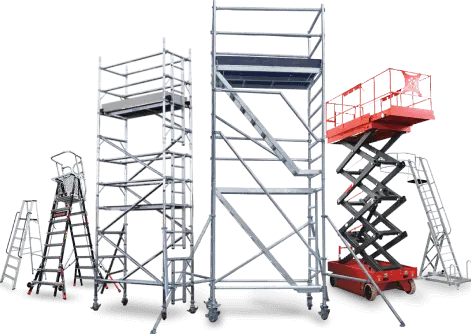Ladders are essential tools in various industries, households, and professional settings. From reaching high shelves in a home to facilitating construction work on tall buildings, ladders come in different types and sizes, each designed to meet specific needs. Among the most commonly used types are step ladders and extension ladders. Both have their unique advantages and applications, making them indispensable for certain tasks. But which one should you choose for your needs?
This comprehensive guide will help you understand the differences, benefits, and ideal use cases for step ladders and extension ladders, enabling you to make an informed decision.
What is the Difference Between a Step Ladder and Extension Ladder?
A step ladder is a self-supporting ladder with an A-frame design, allowing it to stand independently without needing to be leaned against a wall or structure. It typically features flat steps on both sides, making it easy to climb and suitable for tasks at lower heights.
In contrast, an extension ladder consists of two or more sections that can be extended to reach higher elevations. Unlike a step ladder, an extension ladder requires support from a wall or structure for stability, making it ideal for reaching greater heights in tasks like painting or repairs.
What is Step Ladders?
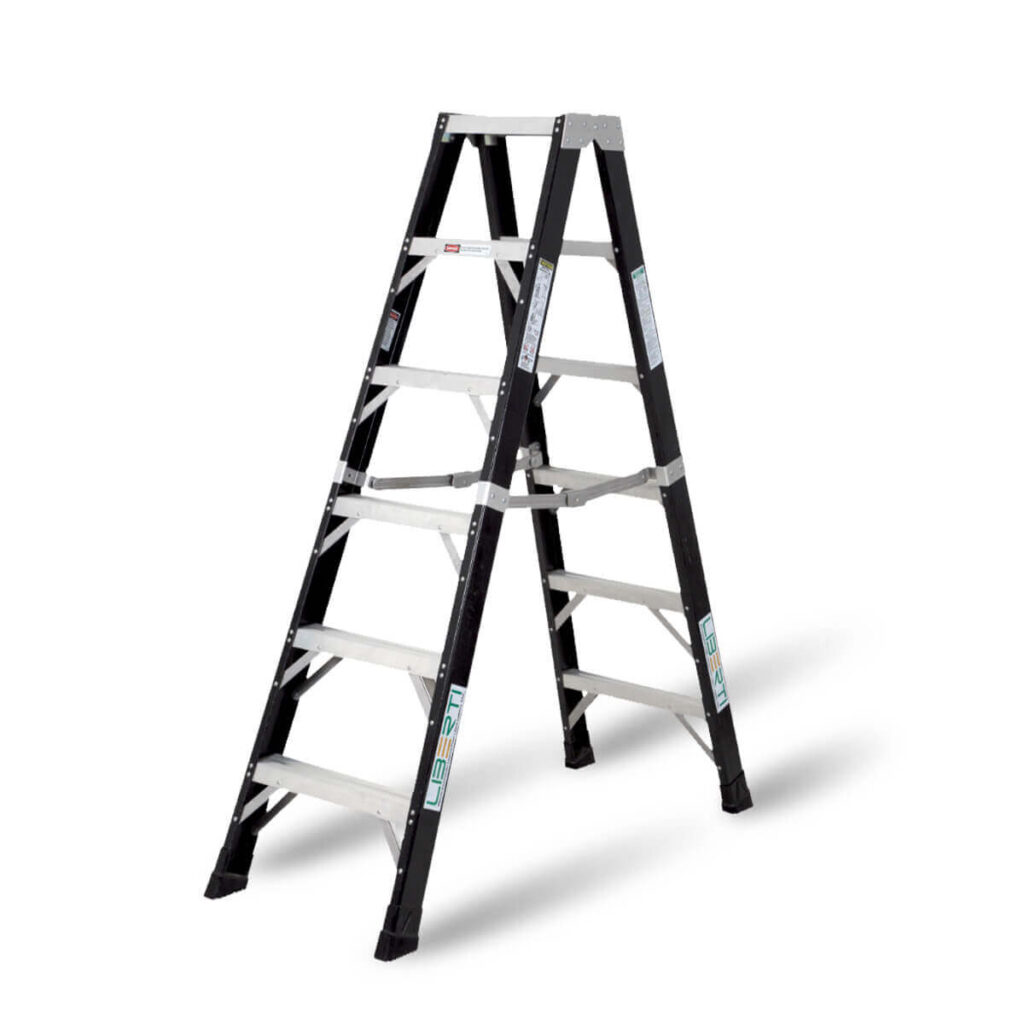
Step ladders are self-supporting, A-frame ladders that do not require leaning against a wall or structure. They feature a set of steps on one or both sides, allowing the user to climb up and down easily. Most step ladders come with a platform or tray at the top, providing space to place tools or materials, making them incredibly convenient for various tasks.
Key Features of Step Ladders
- Stability and Safety: Step ladders are designed with four sturdy legs, offering a high level of stability. Their wide base and rubberized feet prevent slipping, making them safe for use on different surfaces.
- Portability: These ladders are generally lightweight and easy to move around, making them suitable for both indoor and outdoor use.
- Versatility: Step ladders come in various heights, typically ranging from 4 to 12 feet. This range makes them suitable for tasks like painting walls, changing light bulbs, and accessing medium-height shelves.
- Ease of Use: The A-frame design allows for quick setup and takedown. Users can easily open and close the ladder, making it convenient for quick tasks.
Ideal Use Cases of Step Ladders
- Household Tasks: Step ladders are perfect for indoor tasks such as cleaning, painting, and accessing high shelves.
- Gardening: They are useful for pruning trees and shrubs or picking fruits.
- Construction and Maintenance: Step ladders are ideal for tasks that require stability and a wide platform for tools, such as electrical work or plumbing.
What is Extension Ladders?
Extension ladders consist of two or more sections that can be extended to reach significant heights. Unlike step ladders, they need to be leaned against a stable surface for support. Extension ladders can reach heights of up to 40 feet or more, making them suitable for tasks that require significant elevation.
Key Features of Extension Ladders
- Height: Extension ladders can be adjusted to various heights, providing flexibility for different tasks. They are ideal for jobs that require reaching high places, such as roof work or painting tall buildings.
- Compact Storage: Despite their length, extension ladders can be retracted to a smaller size, making them easier to store and transport.
- Durability: Made from materials like aluminum, fiberglass, or wood, extension ladders are built to withstand heavy-duty use. They are often designed to carry substantial weight, ensuring safety during demanding tasks.
- Adjustability: The ability to adjust the ladder to the required height adds to their versatility. Users can extend the ladder section by section, securing it in place with locking mechanisms.
Ideal Use Cases of Extension Ladders
- Roofing and Gutter Cleaning: Extension ladders are essential for tasks that involve reaching roofs or cleaning gutters on multi-story buildings.
- Tree Trimming: They are suitable for trimming tall trees or accessing high branches.
- Construction and Painting: Extension ladders provide the necessary height for painting exteriors of buildings or performing construction work at significant elevations.
Difference Between Step Ladders and Extension Ladders
Safety
Step Ladders: Generally considered safer due to their self-supporting design. The wide base and rubberized feet offer excellent stability. However, users should ensure the ladder is fully opened and locked before use.
Extension Ladders: While also safe, they require careful placement against a stable surface. Users should ensure the ladder is at the correct angle (75 degrees) to prevent slipping. It’s also crucial to secure the ladder at the top to avoid tipping.
Portability
Step Ladders: Typically more portable due to their lightweight design. They are easy to carry and set up, making them suitable for quick tasks.
Extension Ladders: Heavier and bulkier, making them more challenging to move around. However, their retractable design allows for easier storage and transport.
Versatility
Step Ladders: Offer versatility for various tasks at medium heights. They are suitable for indoor and outdoor use but are limited by their maximum height.
Extension Ladders: Provide greater versatility in terms of height. They are ideal for tasks requiring significant elevation but are less convenient for quick, low-height jobs.
Ease of Use
Step Ladders: Easier to use, with a simple setup process. They are convenient for short-duration tasks that require frequent moving.
Extension Ladders: Require more effort to set up and adjust. They are better suited for prolonged tasks at high elevations.
Which Should You Choose? Step Ladders vs. Extension Ladders.
When deciding between a step ladder and an extension ladder, consider the following factors:
- Task Requirements: Identify the tasks you will be performing. For indoor tasks and medium heights, a step ladder is ideal. For outdoor tasks requiring significant height, an extension ladder is better.
- Storage Space: Consider the available storage space. Step ladders are compact and easy to store, while extension ladders require more space when retracted.
- Frequency of Use: For frequent, quick tasks, a step ladder offers convenience and ease of use. For occasional tasks requiring height, an extension ladder is more suitable.
- Safety Considerations: Prioritize safety by choosing the ladder that offers better stability for the specific task. Always follow safety guidelines, regardless of the ladder type.
Conclusion
Both step ladders and extension ladders are valuable tools, each with its unique advantages. Step ladders offer stability, portability, and ease of use for medium-height tasks, making them perfect for household chores, gardening, and light construction work. Extension ladders, on the other hand, provide the necessary height for tasks that involve significant elevation, such as roofing, gutter cleaning, and exterior painting.
Ultimately, the choice between a step ladder and an extension ladder depends on your specific needs, task requirements, and safety considerations. By understanding the differences and benefits of each type, you can select the right ladder to enhance your productivity and safety in various tasks.
Investing in the appropriate ladder not only ensures the efficiency of your work but also guarantees your safety. Whether you choose a step ladder or an extension ladder, always adhere to safety guidelines and maintenance practices to extend the lifespan of your ladder and keep yourself safe during use.
For more information on ensuring safety and choosing the right equipment, you might find these articles helpful:
• How To Choose the Right Scaffolding for Your Construction Needs
• 10 Scaffolding Safety Tips: Do’s and Don’ts for Construction Sites
Making the right choice between a step ladder and an extension ladder, as well as following proper scaffolding practices, will set you up for success in any project.

